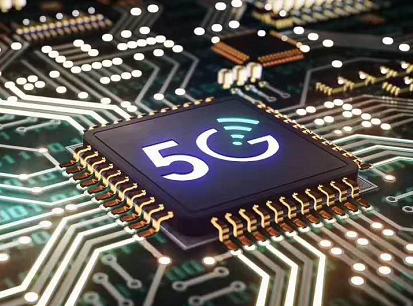The progress of printed circuit board technology is promoting the development of electronic industry. Whether it's providing solutions that are changing our homes and workplaces, or offering smaller products that increase ease of use, have a profound impact.
Although the macro trend of electronic industry has been driven by the development of Internet of things and small home technology, electronic engineers still need to pay attention to many other aspects of design. These areas include reducing power consumption or solving cooling problems, especially in harsh environmental conditions. With the increasing challenge of PCB project, especially in the key task areas such as national defense and mining, it is very important to deliver successful products. This requires a new method in PCB manufacturing.
When solving any complex problem, the first thing to do is to decompose a large problem into several small problems which are convenient to solve. This not only eliminates the difficulty of solving complex problems, but also helps to solve smaller problems with measurable indicators. The best technique to implement this method is finite element analysis, or FEA.
In short, finite element analysis involves system modeling in virtual environment, so it can solve the structure and performance problems in reality. So what FEA does is divide the process into smaller subsystems for careful evaluation. FEA is the actual application of material tracking. FEA is also widely used in PCB manufacturing, especially in material selection. Some benefits of FEA include:
Product performance improvement
Evaluate different designs
Optimize design and reduce material consumption
FEA analysis of PCB manufacturing
FEA analysis can add value to PCB manufacturing in many ways. Whether it is component selection or circuit performance. Therefore, the use of PCB FEA analysis can add value in all stages of building board processing. The following is a detailed analysis of various FEA analyses that are easy to use at the design stage:
Signal and power integrity analysis
PCBA must operate seamlessly according to the set benchmark to ensure the reliability of the product. It depends largely on the signal and power integrity of the circuit board. This, in turn, involves ensuring that:
Maximize SNR
The components shall have sufficient power
Reduce the noise of power line
Electromagnetic compatibility and integrity
EMI noise can usually be associated with circuit boards, especially if they have RF equipment. Although it can be tried, it is impossible to completely eliminate the noise. However, it is possible to achieve the best EM balance for your environment. In the system with multiple PCBAs, the realization of EMC is also an important design aspect.
Thermal analysis
Thermal analysis is a kind of finite element analysis, which is widely used in PCB. In essence, it involves evaluating the response of plates to different thermal conditions. Whether it is due to heat distribution or environmental changes caused by power components, it helps to determine the overall design of using thermal pads, vias or thermal management systems.
In addition, component manufacturers and test organizations can also use FEA analysis. Some of the tools required for the same tool include:
PSpice
This is the industry tool of choice when evaluating signal response. With this tool, you can model the following:
Electronic components
Circuit
Substrate
3D solver definition
This is very convenient to provide 3D perspective and analyze EM parameters
Centigrade temperature solver
It provides results that ensure that there is no excessive heat, which not only damages components, but also threatens user security.
With the help of these tools, the integrity of PCB can be ensured and the reliability of the product can be ensured. The division method of finite element analysis ensures that different aspects are accurately evaluated and standards are followed.

